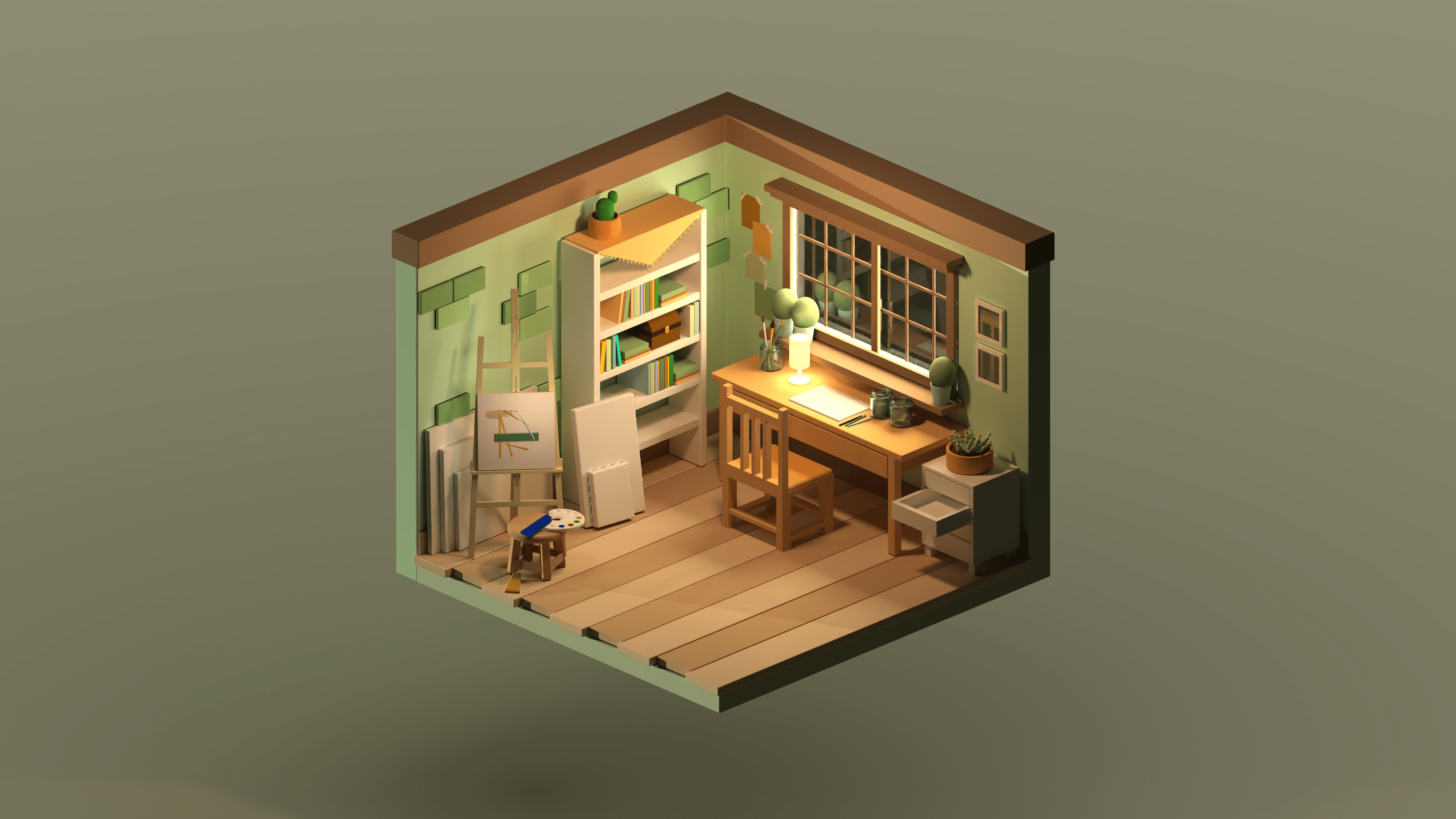
3D printing technology has revolutionized the manufacturing industry, enabling the creation of intricate and custom-designed objects. While 3D printing is commonly associated with producing prototypes, functional parts, and artistic creations, it has also been utilized in some truly bizarre and unexpected ways. In this article, we explore ten weird applications of 3D printing that highlight the versatility and creativity of this groundbreaking technology.
Food Printing:
Who would have thought that 3D printers could be used to create edible creations? Food printing has gained popularity, allowing chefs and culinary enthusiasts to experiment with unique shapes and designs. These printers use specialized ingredients, such as chocolate, sugar, or dough, to create intricate patterns and customized shapes, turning desserts and confectioneries into works of art.
Human Tissue Printing:
The field of bioprinting has made remarkable strides in recent years. Scientists are now able to 3D print human tissues and organs, opening up possibilities for personalized medicine and organ transplantation. By using bio-ink composed of living cells, researchers have successfully printed functional tissues, such as skin and cartilage, offering hope for the future of regenerative medicine.
Fashion and Wearable Tech:
Fashion designers have embraced 3D printing to push the boundaries of traditional clothing. By printing flexible and customizable materials, designers can create intricate patterns, unique textures, and even entire garments. Additionally, 3D printing has enabled the integration of technology into clothing, with examples like 3D-printed smartwatches, jewelry, and accessories that seamlessly blend fashion and functionality.
Architectural Models:
Gone are the days of painstakingly constructing architectural models by hand. With 3D printing, architects and urban planners can quickly and accurately create scaled models of their designs. These models allow for better visualization and communication of complex architectural concepts, facilitating collaboration and decision-making throughout the design process.
Prosthetics and Orthotics:
The advent of 3D printing has transformed the prosthetics and orthotics industry, making custom devices more accessible and affordable. By scanning a patient's limb and using 3D printing technology, prosthetic limbs and orthotic devices can be precisely tailored to fit an individual's unique needs. This advancement has significantly improved the quality of life for many people with limb differences or mobility impairments.
Space Exploration:
When it comes to space exploration, 3D printing has proven to be invaluable. In remote and hostile environments like space, traditional manufacturing is often impractical. 3D printers on the International Space Station (ISS) have been used to manufacture tools, spare parts, and even experimental devices. This capability reduces the need for resupply missions and enables astronauts to adapt and repair equipment on-demand.
Art and Sculpture:
Artists and sculptors have embraced 3D printing as a means to create intricate and visually striking pieces. This technology allows for the realization of complex designs that would be nearly impossible to achieve by hand. From sculptures and installations to jewelry and intricate art pieces, 3D printing has become a new medium for artistic expression.
Customized Cosmetics:
The beauty industry has also tapped into the potential of 3D printing. Companies have developed 3D printers capable of creating personalized makeup and skincare products. These devices analyze a person's skin tone and specific needs, then formulate and print custom-made foundations, lipsticks, and even face masks. This innovation caters to individual preferences, offering a unique and tailored beauty experience.
Musical Instruments:
3D printing has even found its way into the world of music. Musicians and instrument makers have experimented with creating 3D-printed instruments, ranging from guitars and violins to saxophones and drums. These instruments offer unique tonal qualities, and their construction can be optimized for specific playing styles. Additionally, 3D printing enables the customization of instrument components, enhancing ergonomics and personal preferences.
Drones and Robotics:
The versatility of 3D printing has extended to the realm of robotics. Drone enthusiasts and roboticists have utilized 3D printing to create custom frames, components, and even entire robots. By printing lightweight yet sturdy structures, they can prototype and iterate designs more quickly, enabling rapid advancements in autonomous systems and robotics research.
3D printing has transcended traditional manufacturing boundaries, allowing for endless possibilities in a variety of fields. From creating edible delicacies to 3D-printed organs, the versatility of this technology continues to amaze. As we've explored these ten weird applications of 3D printing, it becomes evident that the only limit to its potential is our imagination. As technology advances, we can expect even more astonishing and unconventional uses of 3D printing in the future.

